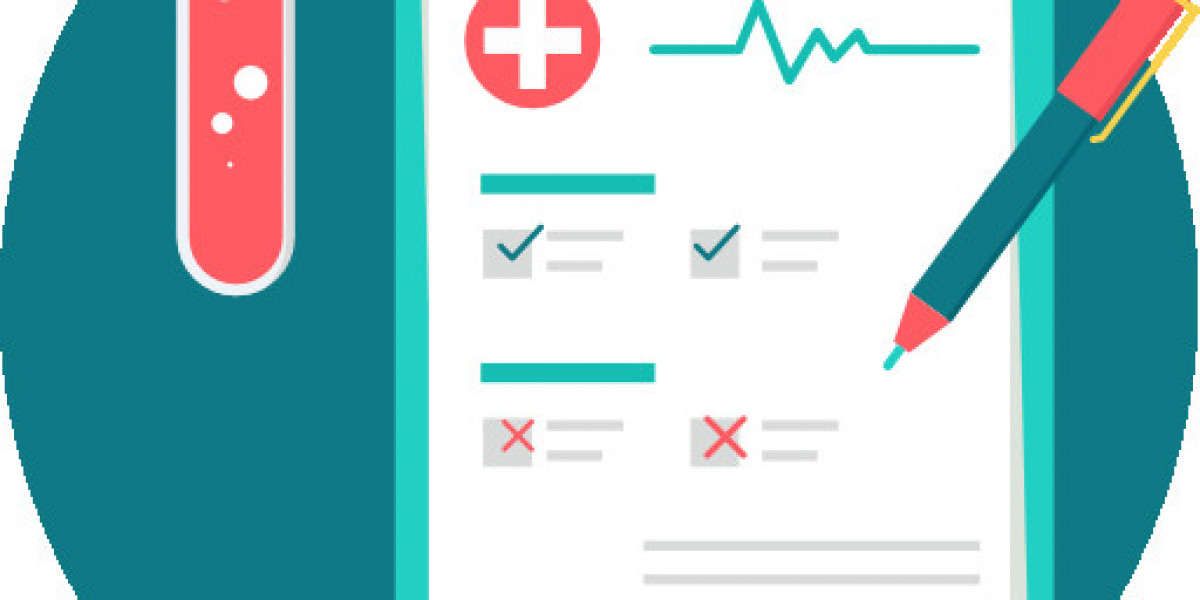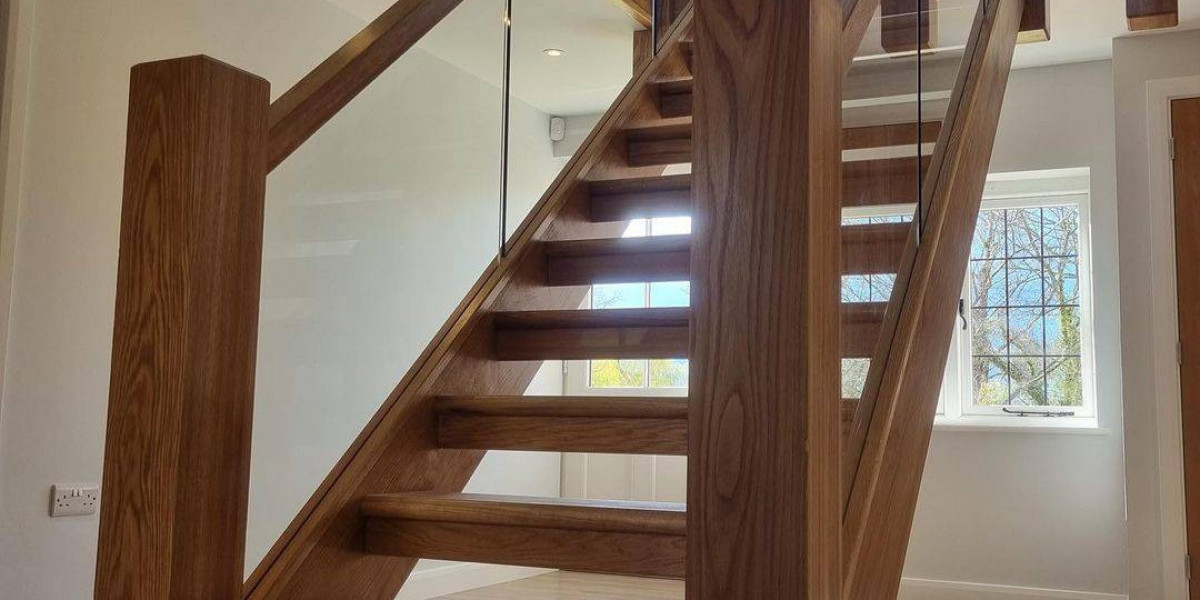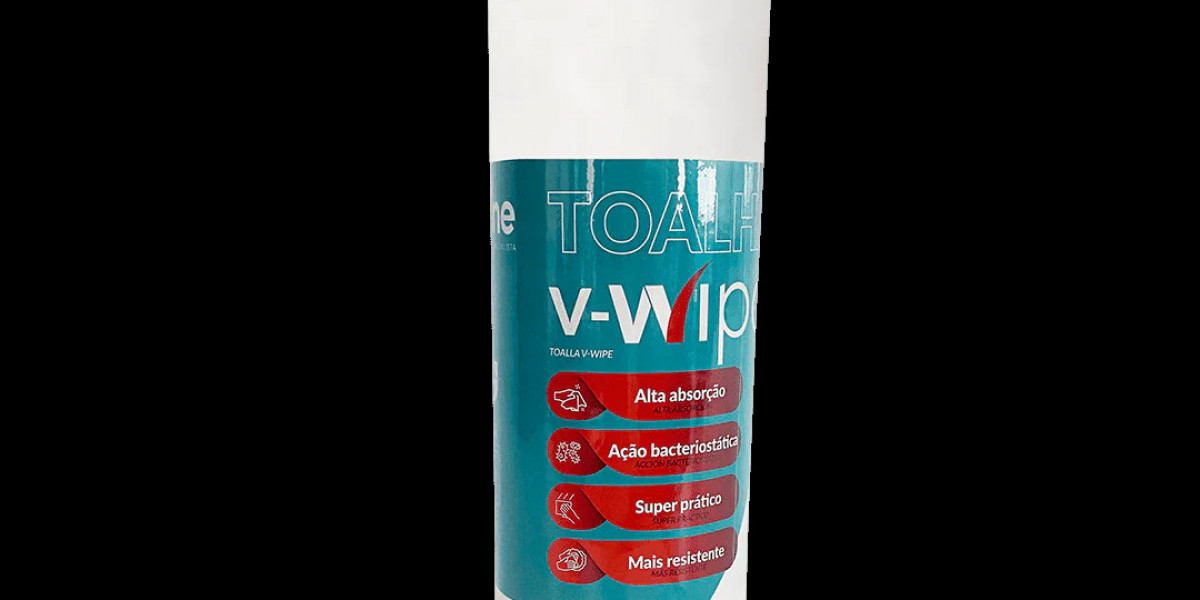Billing for Durable Medical Equipment (DME) can be a complex process, requiring healthcare providers and suppliers to follow strict guidelines to ensure timely and accurate reimbursements. Mistakes in billing can lead to claim denials, delayed payments, and compliance issues.
To maximize reimbursement and avoid financial pitfalls, it is essential to understand the proper coding, documentation, and compliance requirements. In this blog, we’ll explore the correct way to bill for DME, the role of medical equipment reimbursement solutions, and best practices for avoiding claim denials.
What is Durable Medical Equipment (DME)?
Durable Medical Equipment (DME) refers to reusable medical devices and equipment prescribed by healthcare providers to support patients with chronic conditions or disabilities. Unlike consumable medical supplies, DME is designed for long-term use.
Examples of DME:
- Wheelchairs and walkers
- Oxygen equipment
- CPAP machines
- Hospital beds
- Blood glucose monitors
- Prosthetic devices
- Orthopedic braces
To be eligible for reimbursement, the DME must be:
Medically necessary – Prescribed by a physician for a legitimate medical condition.
Durable – Expected to last at least three years.
Used at home – Primarily intended for home use, not for hospital or facility settings.
Steps for Properly Billing for DME
1. Verify Patient Eligibility and Coverage
Before billing for DME, confirm the patient’s eligibility with their insurance provider (Medicare, Medicaid, or private insurer). Different payers have different rules for coverage, so checking benefits beforehand helps prevent denials.
Key Actions:
Check if the patient’s insurance plan covers the DME.
Determine if prior authorization is required.
Confirm any co-pays or deductibles.
2. Obtain a Detailed Written Order (Prescription)
A physician’s prescription, known as a Detailed Written Order (DWO) or Standard Written Order (SWO), is required before billing for DME.
A proper order must include:
Patient’s full name and insurance ID
Date of order
Physician’s name and National Provider Identifier (NPI)
Detailed description of the equipment
Diagnosis code (ICD-10)
Length of need for the DME
Physician’s signature
Without a valid order, reimbursement claims will be denied.
3. Use Correct HCPCS Codes
Healthcare Common Procedure Coding System (HCPCS) codes are used to bill for DME. Each piece of equipment has a unique HCPCS code that determines reimbursement rates.
For example:
- E0601 – CPAP Machine
- E1390 – Oxygen Concentrator
- E0114 – Standard Walker
- E0260 – Hospital Bed
Billing with incorrect HCPCS codes can result in denied claims or underpayments. Always verify codes using the latest DME fee schedule from Medicare or private insurers.
4. Ensure Proper Documentation
Insurance providers require extensive documentation to approve claims. The following documents should be included:
Physician’s medical notes supporting the need for DME
Patient’s medical history
Prior authorization forms (if required)
Proof of delivery (POD) – Signed confirmation that the patient received the equipment
Proper documentation improves claim approval rates and reduces audits.
5. Submit the Claim Correctly
DME claims must be submitted using CMS-1500 or UB-04 forms for insurance processing.
Claims should include:
- Correct HCPCS and ICD-10 codes
- Patient’s details and insurance information
- Physician’s NPI and authorization number (if applicable)
- Itemized cost and rental/purchase status
Ensure the claim is filed within the payer’s timely filing limit (usually 90–365 days from the service date).
Medical Equipment Reimbursement Solutions: Maximizing Efficiency
Managing DME billing manually can be time-consuming and error-prone. Medical equipment reimbursement solutions help streamline the billing process, reduce claim denials, and improve cash flow.
Benefits of Using Reimbursement Solutions
Automated Eligibility Verification – Reduces manual errors by checking patient insurance coverage instantly.
Pre-built Coding Templates – Ensures correct HCPCS and ICD-10 coding.
Real-time Claim Tracking – Monitors claim status and detects issues before submission.
Audit Preparedness – Maintains complete documentation to comply with Medicare and private payer audits.
Many providers use DME billing software or outsource billing services to improve reimbursement rates and reduce administrative workload.
Common Challenges and How to Avoid Them
1. Claim Denials Due to Missing Documentation
Solution: Ensure all required documents (prescription, proof of delivery, medical necessity letter) are attached before submitting the claim.
2. Incorrect HCPCS or ICD-10 Codes
Solution: Always check payer guidelines for correct coding updates. Using outdated or incorrect codes leads to claim rejections.
3. Lack of Prior Authorization
Solution: Many payers require pre-approval before purchasing or renting DME. Verify and obtain authorization before providing equipment.
4. Delayed Reimbursements
Solution: Submit clean claims with proper documentation. Use medical equipment reimbursement solutions to track and resolve claim issues promptly.
5. Audits and Compliance Risks
Solution: Maintain accurate records for at least seven years as per Medicare guidelines. A well-organized documentation system can prevent legal issues.
Conclusion
Proper DME billing requires a deep understanding of insurance policies, documentation requirements, and compliance rules. By following best practices—such as verifying patient eligibility, using accurate coding, and leveraging medical equipment reimbursement solutions—healthcare providers and DME suppliers can optimize their billing processes and minimize financial losses.
Investing in automated billing tools or outsourcing to experienced reimbursement professionals can significantly improve claim approval rates and ensure steady revenue flow. By staying proactive, providers can enhance operational efficiency and deliver essential medical equipment to patients without financial disruptions.









